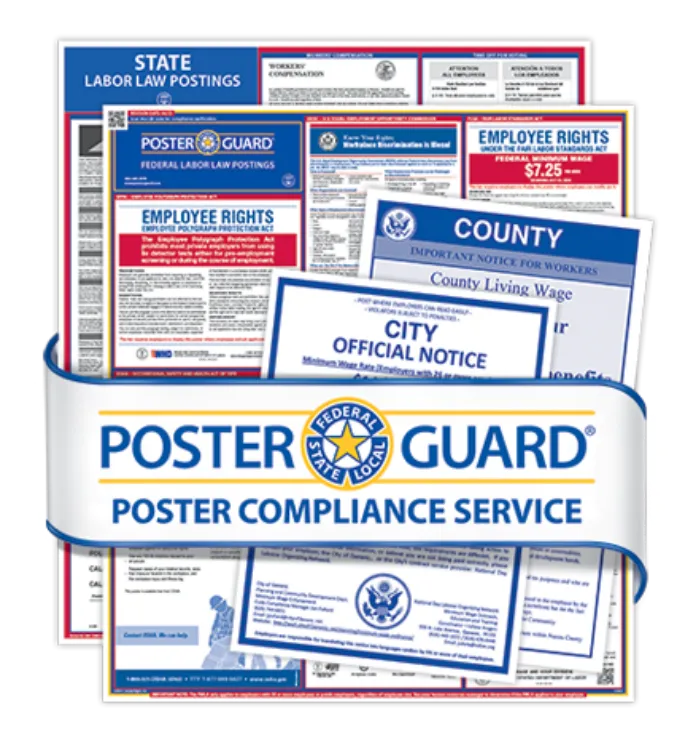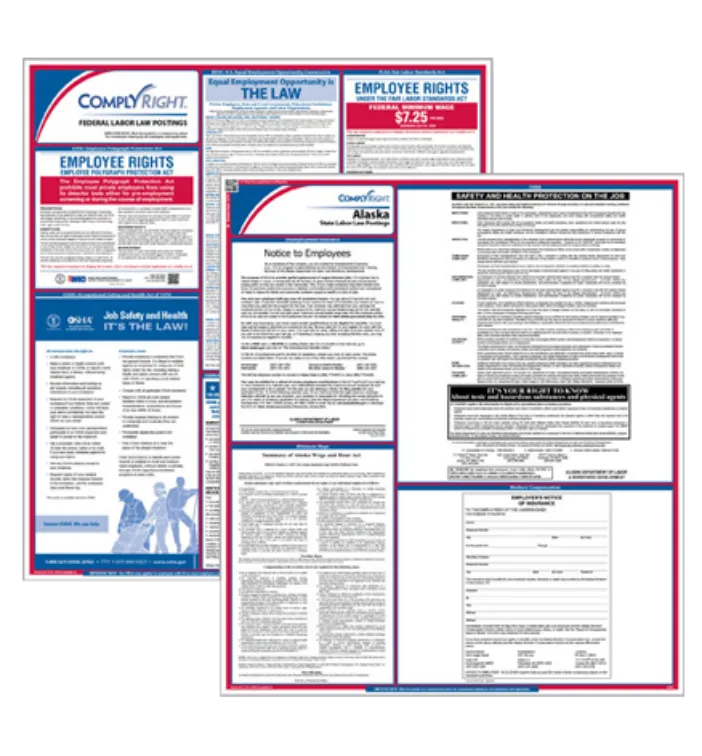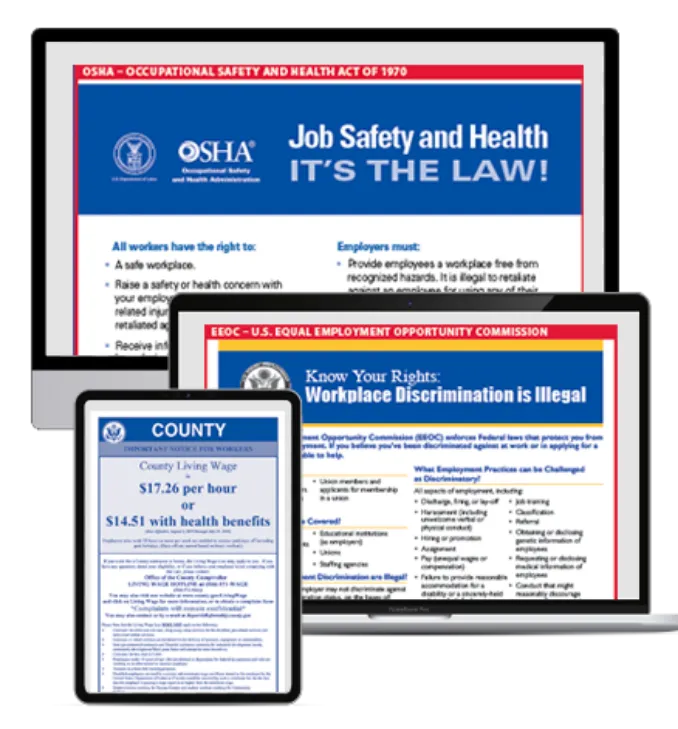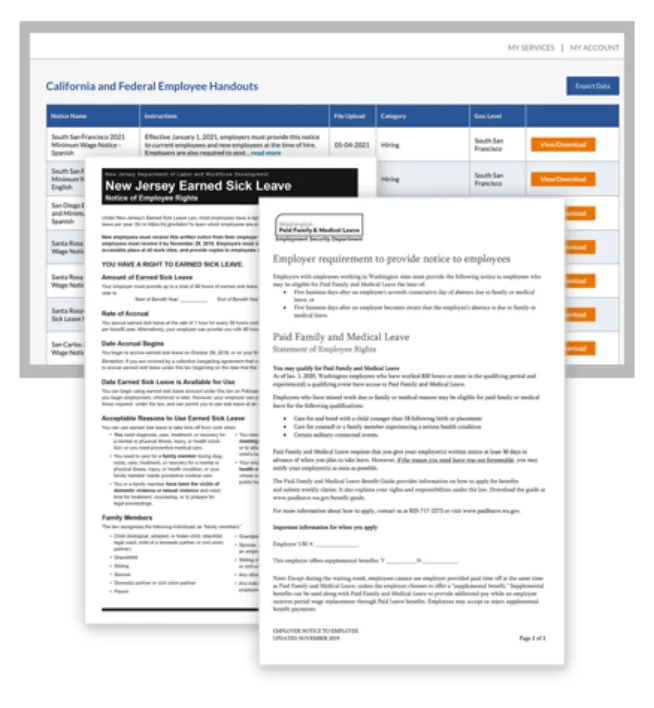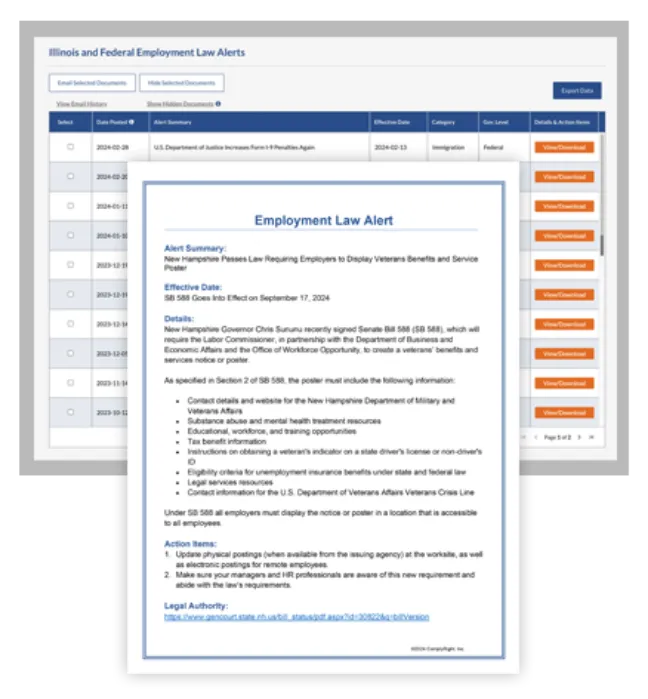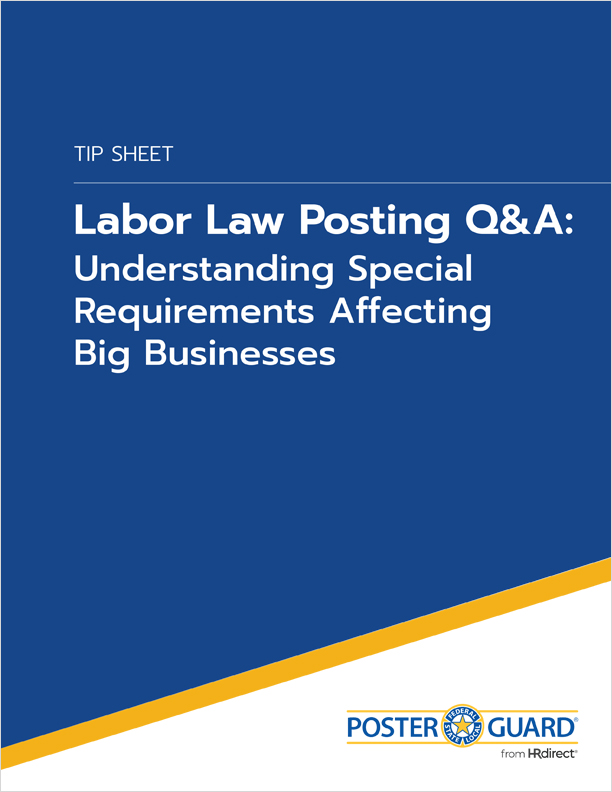The U.S. Equal Employment Opportunity Commission (EEOC) – the federal agency responsible for enforcing anti-discrimination laws in the workplace – recently released a draft of its Strategic Plan for Fiscal Years 2022-2026. It’s currently under review and subject to approval before being finalized. Let’s take a closer look at what the plan entails — and what you can do to strengthen your anti-discriminatory hiring and employee management practices for the years ahead.
A Blueprint for Agency Enforcement for Upcoming Years
The U.S. Congress requires government agencies to create and share a strategic plan on their public website every four fiscal years. The plan summarizes strategic objectives along with targeted goals and performance metrics.
Over the next four years, the EEOC’s Strategic Plan will guide the agency in upholding its mission to “stop and remedy unlawful employment discrimination,” largely through:
- Enforcement authority
- Education and outreach
- Organizational excellence
Furthermore, the plan is guided by three values that drive the agency’s culture and daily work:
- Commitment to equal employment opportunity
- Accountability
- Integrity
In addition to finalizing the Strategic Plan, the EEOC is seeking public comment on a separate document, the Strategic Enforcement Plan (SEP). The SEP works with the Strategic Plan to establish the agency’s key priorities. Think of it like this: the SEP is the “what” while the larger Strategic Plan is the “how.”
Through the robust tools and strategies outlined in these plans, the EEOC will be better equipped to identify, investigate and, ultimately, root out systemic discrimination.
Practical Takeaways for Employers
As a conscientious and compliant employer, you should be committed to equal employment opportunity for all job candidates and employees. Federal anti-discrimination laws, which apply to every aspect of employment, include Title VII of the Civil Rights Act, the Pregnancy Discrimination Act (PDA), the Equal Pay Act (EPA), the Age Discrimination in Employment Act (ADEA) the Americans with Disabilities Act (ADA) and the Genetic Information Non-Discrimination Act (GINA).
From recruiting and interviewing to job placement and promotion, managers must comply with these laws by applying equal standards and basing all decisions on objective, job-related criteria – not protected characteristics like race, color, religion, sex (including pregnancy and related conditions, gender identity and sexual orientation), national origin, age (40 or older), disability or genetic information.
Here are specific steps for strengthening your anti-discriminatory measures:
- Display current labor law posters — Under federal law, the newly revised “Know Your Rights” EEOC posting is mandatory for all covered employers. Not only must this poster be current, but it also should be displayed prominently for all employees and applicants to see. If a complaint is filed and the EEOC conducts a workplace investigation, the investigator from the EEOC most certainly will check for this required labor law poster. In several EEOC discrimination cases, charges were either dropped — or decisions made in favor of the employer — just because this posting was displayed.
Is your mandatory EEOC poster up to date? Visit Poster Guard to learn more.
- Communicate your anti-discrimination policy and procedures — Your anti-discrimination policy sets the foundation for what is acceptable in the workplace, stating that your organization is committed to ensuring equal opportunity for all people, regardless of protected characteristics. Spread this essential message throughout your organization through your employee handbook, postings, job applications and other employee-facing communications. Make sure all employees receive a copy of your anti-discrimination policy, and make sure they sign a notice indicating they’ve received and reviewed the policy.
- Train managers to identify and prevent discrimination — Regular training should cover equal employment opportunity laws, your anti-discrimination policy, diversity and inclusion. Employees and managers need to understand their roles in creating an atmosphere of inclusiveness and respect for differences. This awareness is especially important when hiring, promoting or disciplining employees.
- Handle complaints promptly and decisively — To maintain a workplace free of discrimination, management must support those who raise complaints as well as those who investigate and resolve these complaints. Be certain that your employees have multiple ways to report discrimination (for example, in case a supervisor is the cause of the problem).
- Document everything — Detailed and proper documentation is critical in discrimination claims. Conduct evaluations fairly and honestly — and maintain copies of all performance reviews. In addition, managers should document disciplinary incidents, including the expectations for improvement and the consequences for continued poor performance. This information can help protect your company from a wrongful termination lawsuit if you choose to fire an employee.
Anti-Discrimination Protection Is Everyone’s Responsibility
Interested in learning more about the EEOC and/or the latest Strategic Plan? Go here to download the draft.

